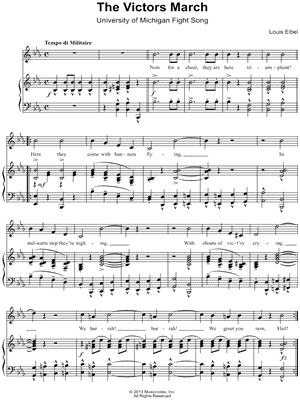
This paper also highlights key points in the fruitful encounter between Serbian military musicians and the multi-layered cultures of the Maghreb and examines the importance of the BCD’s promotion of Serbian culture overseas as a type of cultural diplomacy. More importantly, the paper critiques official Serbian historiography and its primary concern with glorifying the ‘heroism’ and sacrifice of Serbian soldiers, whilst keeping silent on the ‘quiet African episodes’ in the activities of the Serbian army from January 1916 to December 1918. The paper sheds light on the work of a Serbian military orchestra, officially called the Band of the Cavalry Division (BCD, in Serbian: Muzika Konjičke divizije) and their leader Pokorni, hitherto little known in Serbian musicology. The daily news bulletin Napred/En avant published during the war in Africa deserves special attention, along with the personal archives of conductor and Serbian army captain Dragutin F. This paper is a result of an extensive archival research of the National Library of Serbia’s collections and periodicals published during the Great War in North Africa. In the context of this year’s centenary of World War I, the focus of this text is the music activities of the Serbian army in North Africa (1916−1918), where they recuperated from their retreat across the mountains of Albania. Hindi speakers will be able to work them out. Words entered using that font come out as junk. Further, the font I used for the Hindi-language words in the text is no longer available.
#Michigan victory march c flute pdf
I have uploaded a pdf version of this book because it appears that it will remain unavailable from the publisher. As a history of South Asia’s assimilation of a colonial music tradition, the work questions notions of musical change and puts current studies of globalisation into historical and musical perspective. It looks at the life of music in India from the everyday level of the street where and examines connections between social status and music performance. This is the first study of this important component of Indian culture. Collectively, South Asian brass bands are by far the largest commercial brass band tradition in the world they offer a distinctive view of India’s ability to transform things foreign into symbols of Indian identity. Almost every Indian has, at some point in his or her life, listened, processed, or danced to the music of a brass band, as have a majority of Pakistanis, along with many Bangladeshis and Nepalis. (E6099B) Due to copyright restrictions, Harvardiana is no longer included within this collection.The brass bandsmen of modern South Asia play anything from early 20th century regional wedding songs to the latest rap-inflected Hindi film hit as they accompany wedding processions and other festive events throughout the subcontinent. of Chicago) When The Irish Backs Go Marching By (Notre Dame) White Star Of Sigma Nu, The (Fraternity). of Wisconsin) Rambling Wreck From Georgia Tech (Georgia Tech) Sweetheart of Sigma Chi, The (Fraternity) Varsity (U. Naval Academy) Northestern Push On Song (Northwestern) Notre Dame Victory March (Notre Dame) On Wisconsin (U. of Indiana) Iowa Corn Song (Iowa State) Men of Pennsylvania (U.

of Southern California) Go U Northwestern (Northestern) Hail Purdue (Purdue) Illinois Loyalty (U. of Nebraska) Down The Line (Notre Dame) Far Above Cayuga's Waters (Cornell) Fight On (U. Contents: Across The Field (Ohio State) Carmen Ohio (Ohio State) Dear Old Nebraska U (U.


 0 kommentar(er)
0 kommentar(er)
